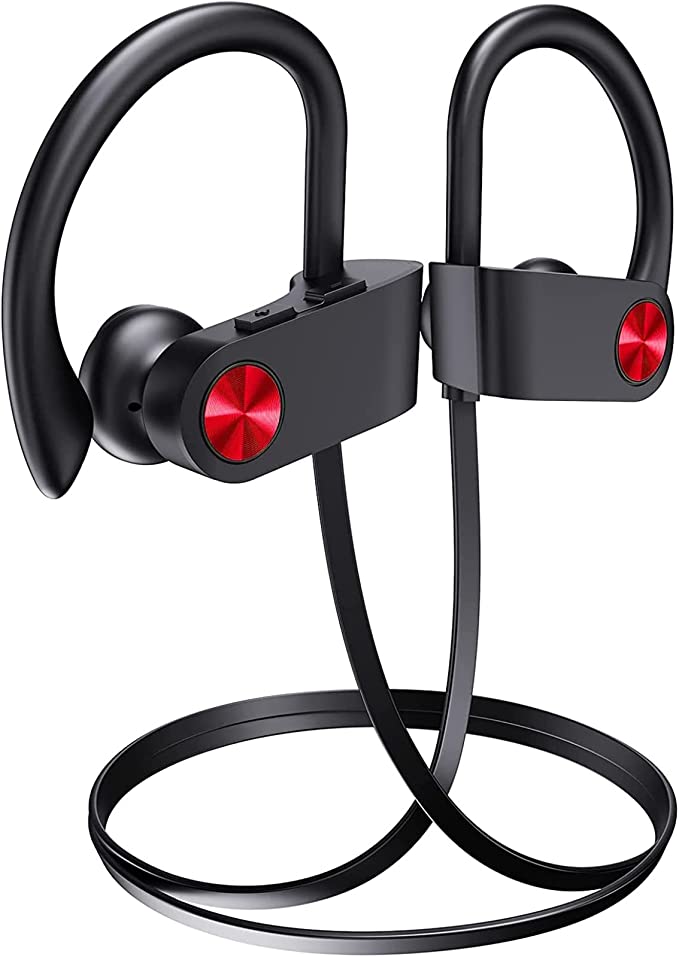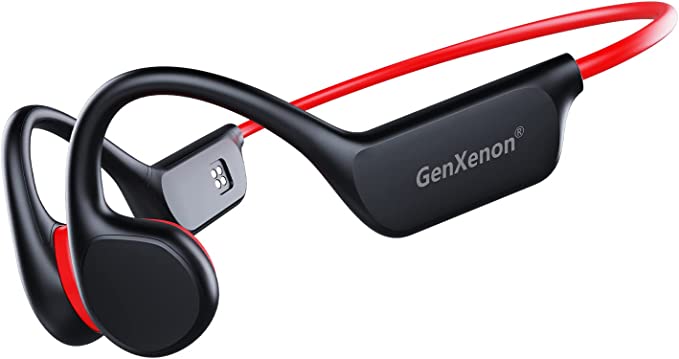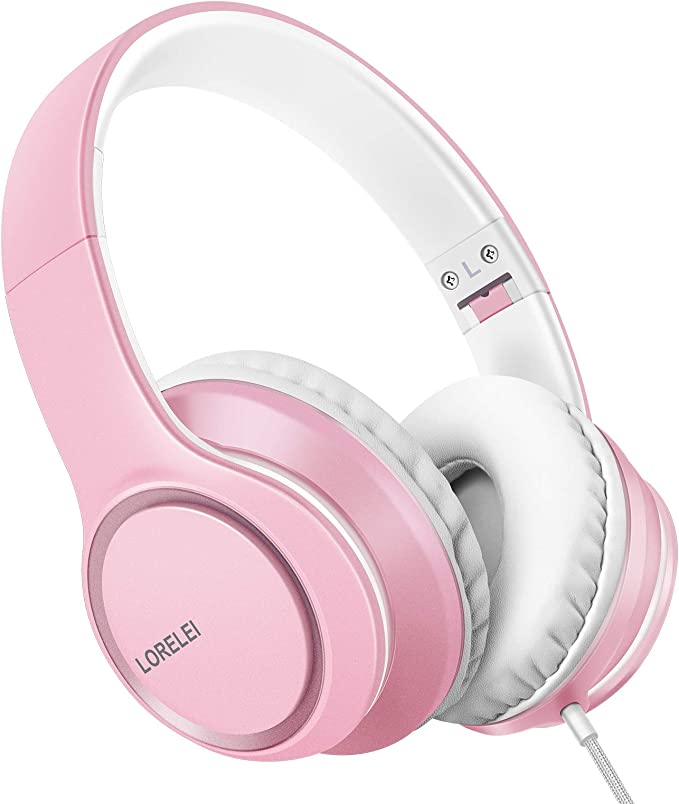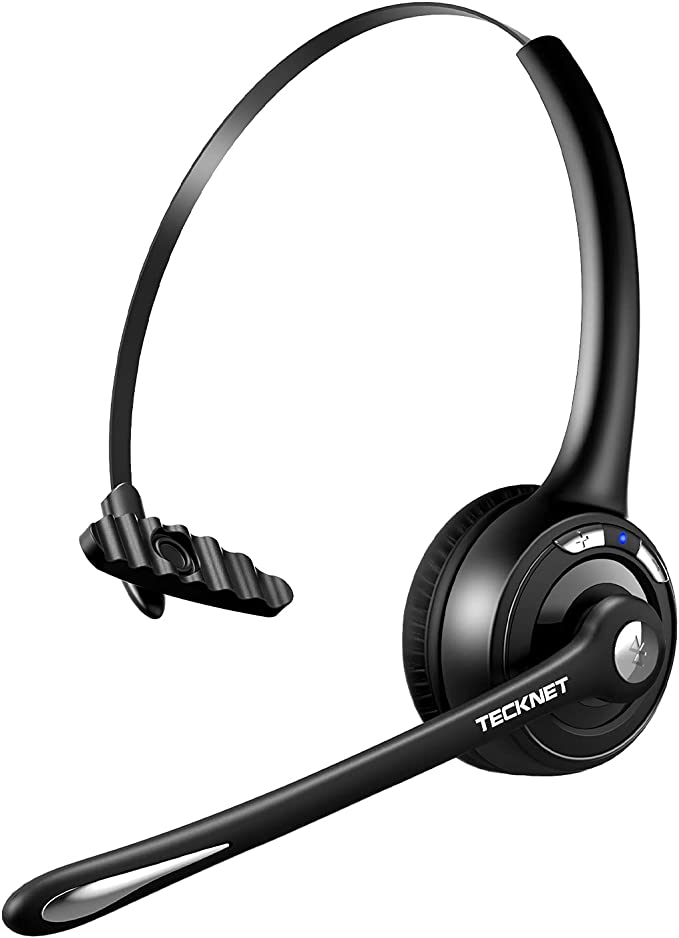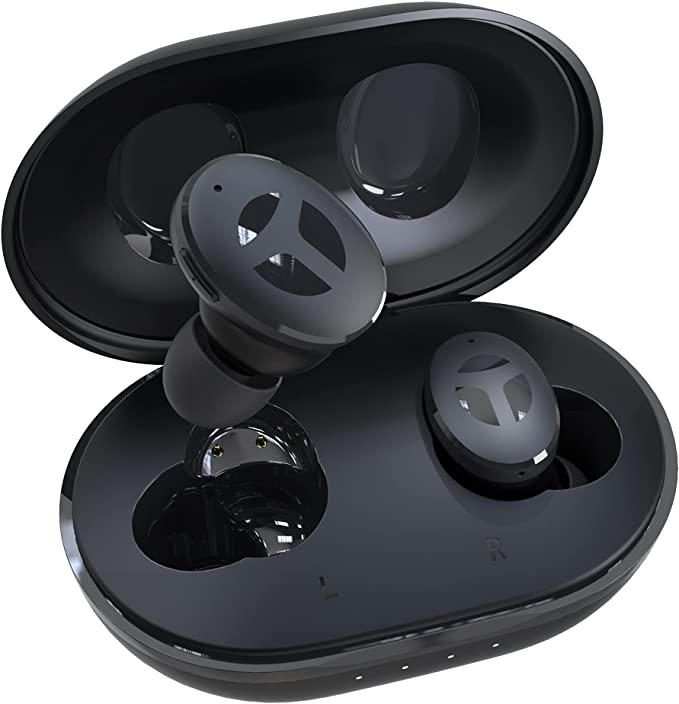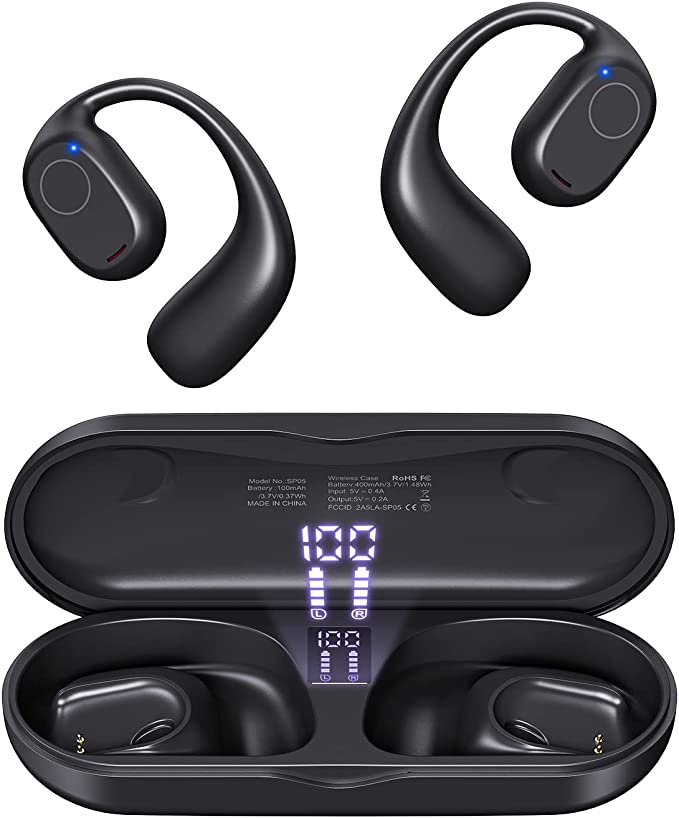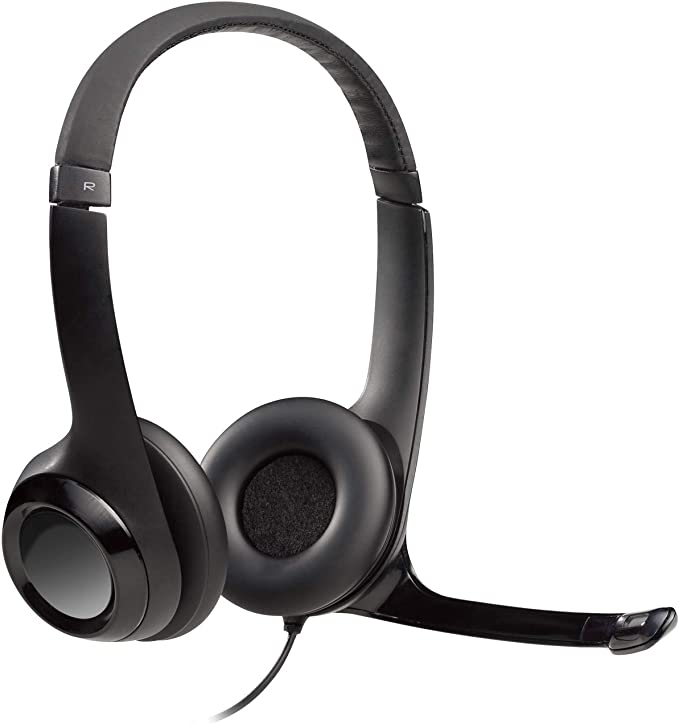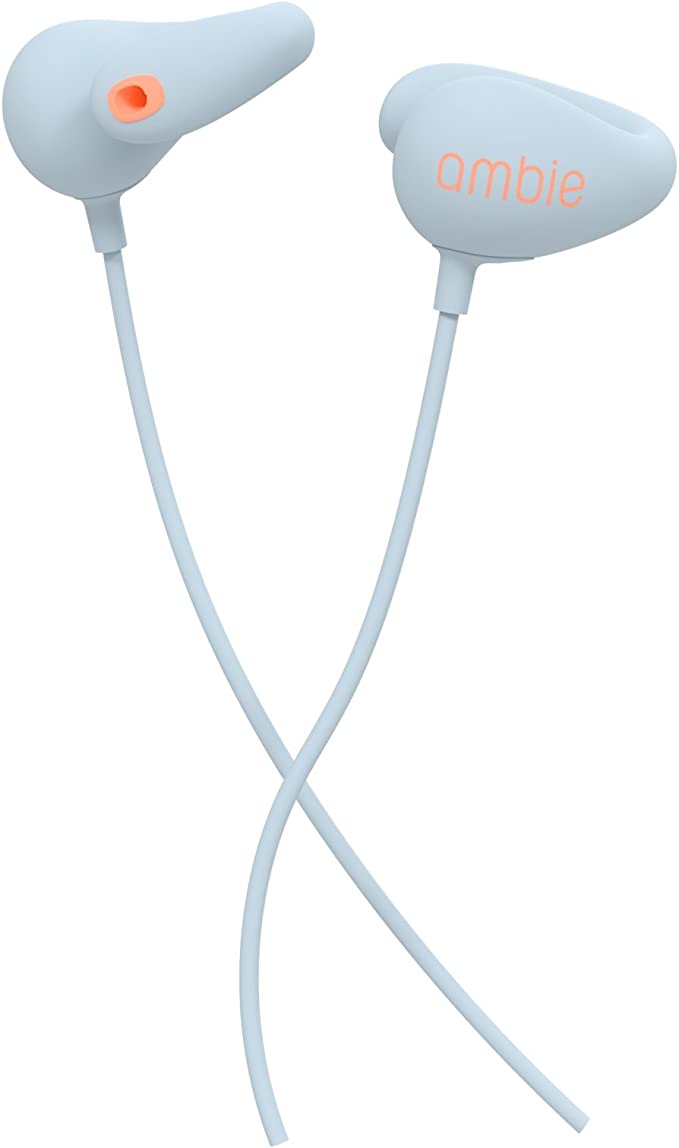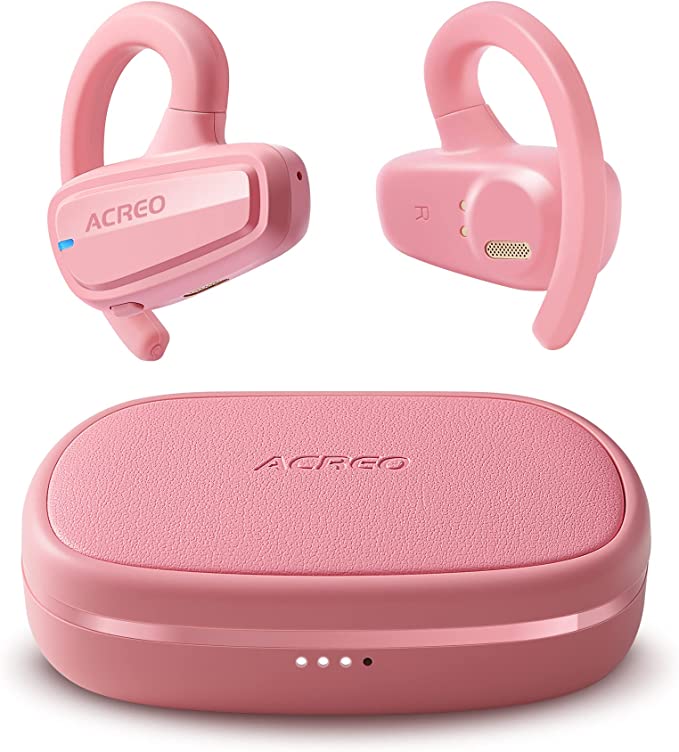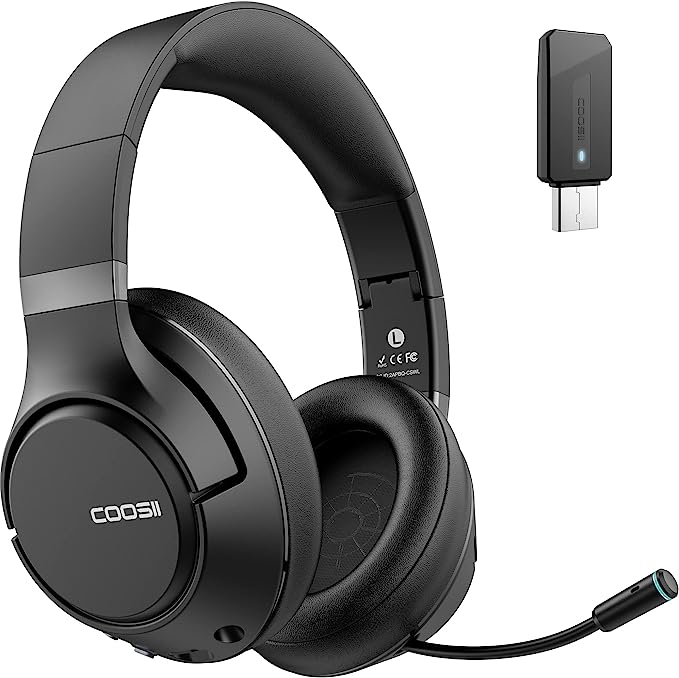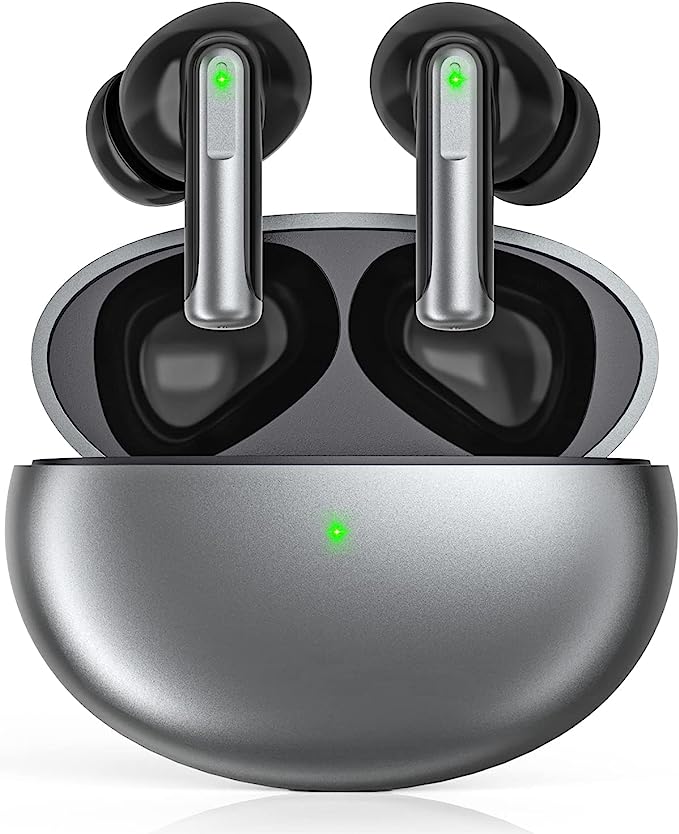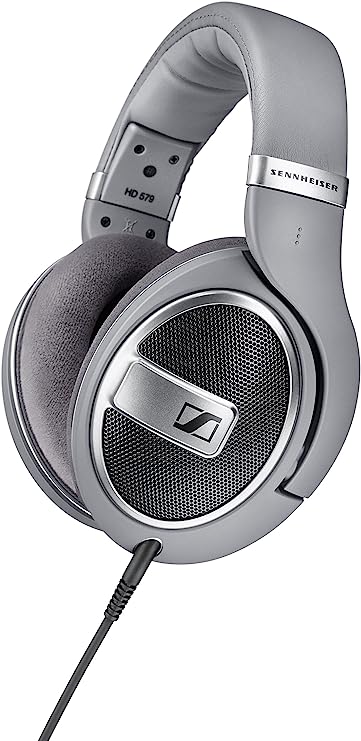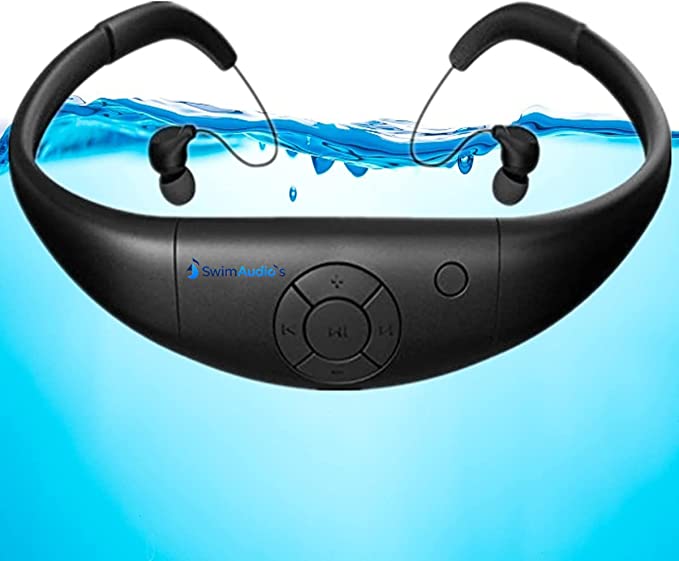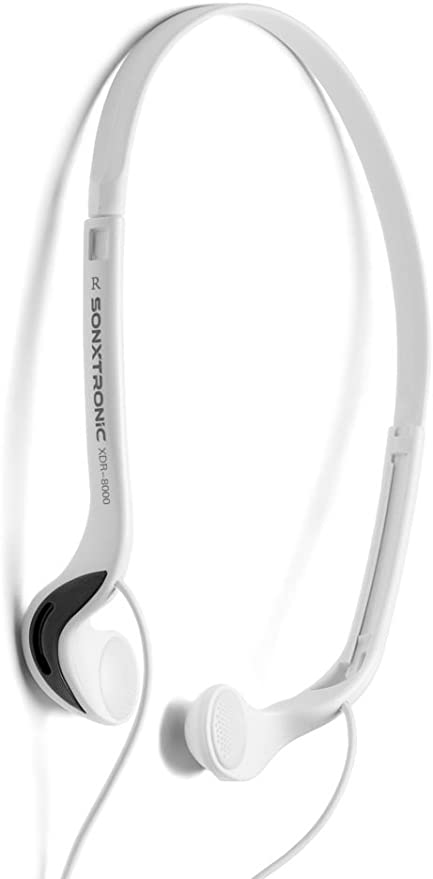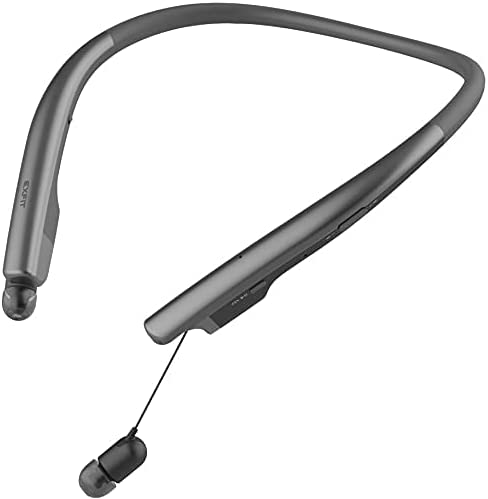The Quantified Feline: How Data is Shaping the Future of Cat Health
Update on Oct. 14, 2025, 6:14 p.m.
Cats are masters of concealment. This ancient, instinctual ability to mask pain and illness, a survival mechanism honed to protect them from predators, poses a profound challenge in a domestic setting. To their human companions, a cat often appears perfectly healthy until a disease has reached an advanced, more critical stage. This stoicism creates a frustrating gap in veterinary care, leaving owners and clinicians to rely on overt symptoms that may only appear when treatment options are limited. However, a quiet revolution is underway, not in the veterinary clinic, but in our homes. The rise of smart pet devices is ushering in the era of the “quantified feline,” transforming everyday objects into sophisticated health monitors that provide a continuous stream of objective data, offering an unprecedented early warning system for our silent companions.

The foundation of this new paradigm lies in the passive collection of what can be considered new feline vital signs. Traditionally, a health check involves measuring temperature, pulse, and respiration—snapshots in time taken in a stressful clinical environment. The new vital signs are logged continuously and non-invasively in the cat’s own territory. Devices such as the PETKIT PuraMax 2, ostensibly designed for convenience, are embedding highly sensitive sensors that capture critical biomarkers every day. The most significant of these is body weight. Integrated load cells, capable of registering subtle changes, weigh the cat during each visit to the litter box. This transforms a mundane routine into a consistent, multi-day data collection event. According to a landmark study in the Journal of Feline Medicine and Surgery, unintended weight loss is one of the most common and earliest clinical signs for two of the most prevalent diseases in senior cats: chronic kidney disease (CKD) and hyperthyroidism. The ability to track weight trends with a high degree of frequency—capturing a gradual decline of just a few hundred grams over weeks—provides a powerful, data-backed reason to schedule a veterinary visit long before more severe symptoms like muscle wasting or appetite loss become apparent.
But collecting data is only half the story. The true revolution lies in our ability to translate these streams of numbers into actionable health insights. What exactly is your cat’s smart litter box telling your veterinarian? Beyond weight, these systems meticulously log the frequency and duration of each visit. This behavioral data is a direct window into a cat’s urinary health. A sudden spike in the number of daily visits, for instance, is a classic indicator of Feline Lower Urinary Tract Disease (FLUTD) or a urinary tract infection (UTI), conditions that cause discomfort and an urgent need to urinate. Similarly, a marked increase in urination frequency can be an early sign of diabetes mellitus. The app-based interfaces of these systems present this information not as raw data, but as historical trends, making it easy to spot deviations from an established baseline. This objective record is invaluable in a clinical context. Instead of a vague report to the vet that “I think he’s using the box more,” an owner can present a chart showing a clear, quantifiable change in behavior, enabling a more rapid and accurate diagnostic process.
While these insights can be transformative for an individual cat, the implications of this data collection scale far beyond a single household. When anonymized and aggregated, the daily habits of thousands of cats create an unprecedented resource for veterinary science. Large-scale data sets on feline weight, hydration (inferred from litter clumping), and elimination patterns can help researchers identify breed-specific health predispositions, understand the subtle, early-stage patterns of chronic illnesses, and establish more accurate population-level health baselines. The global pet wearable market, a related field, is projected by Grand View Research to reach over a billion dollars by 2030, signaling a massive influx of data that could fuel epidemiological studies on a scale previously unimaginable. This macro view promises to refine our understanding of feline health, leading to better preventative care strategies for all cats, not just those in technologically advanced homes.

Ultimately, the advent of the quantified feline heralds a fundamental shift in the pet-owner-veterinarian relationship. It reframes the owner’s role from a passive observer to an active, informed participant in their pet’s health journey. This technology is not a replacement for professional veterinary expertise; it is a powerful tool that enhances it. The data stream from a smart litter box or a connected feeder does not provide a diagnosis, but it does provide a critical, early-stage alert that a conversation with a veterinarian is needed. It empowers owners to move beyond guesswork and anxiety, fostering a partnership with their vet that is built on a foundation of objective, long-term data. By embracing this technology, we are not just keeping our homes cleaner; we are learning to listen to our cats in a language we can finally understand—the language of data.

